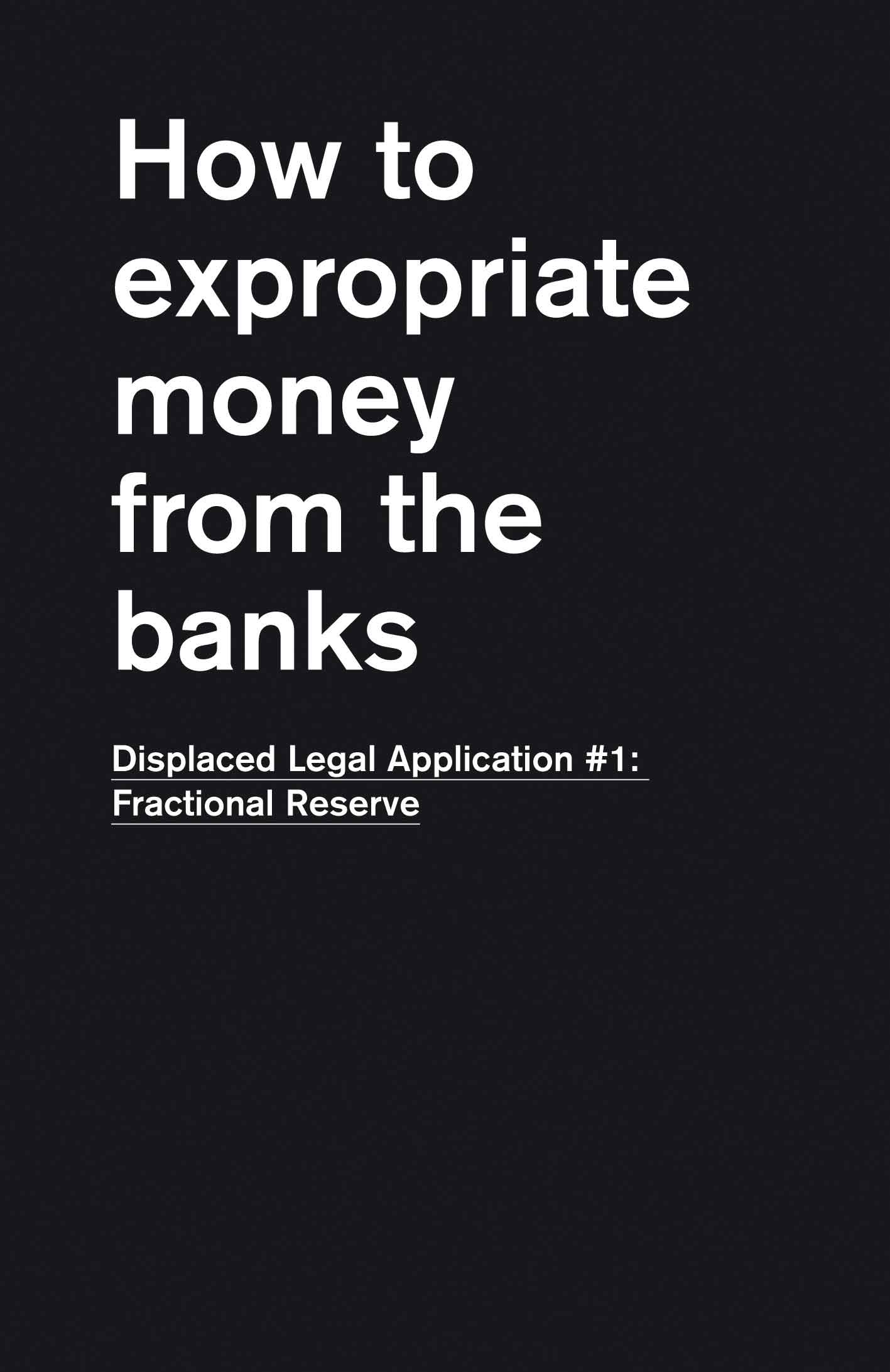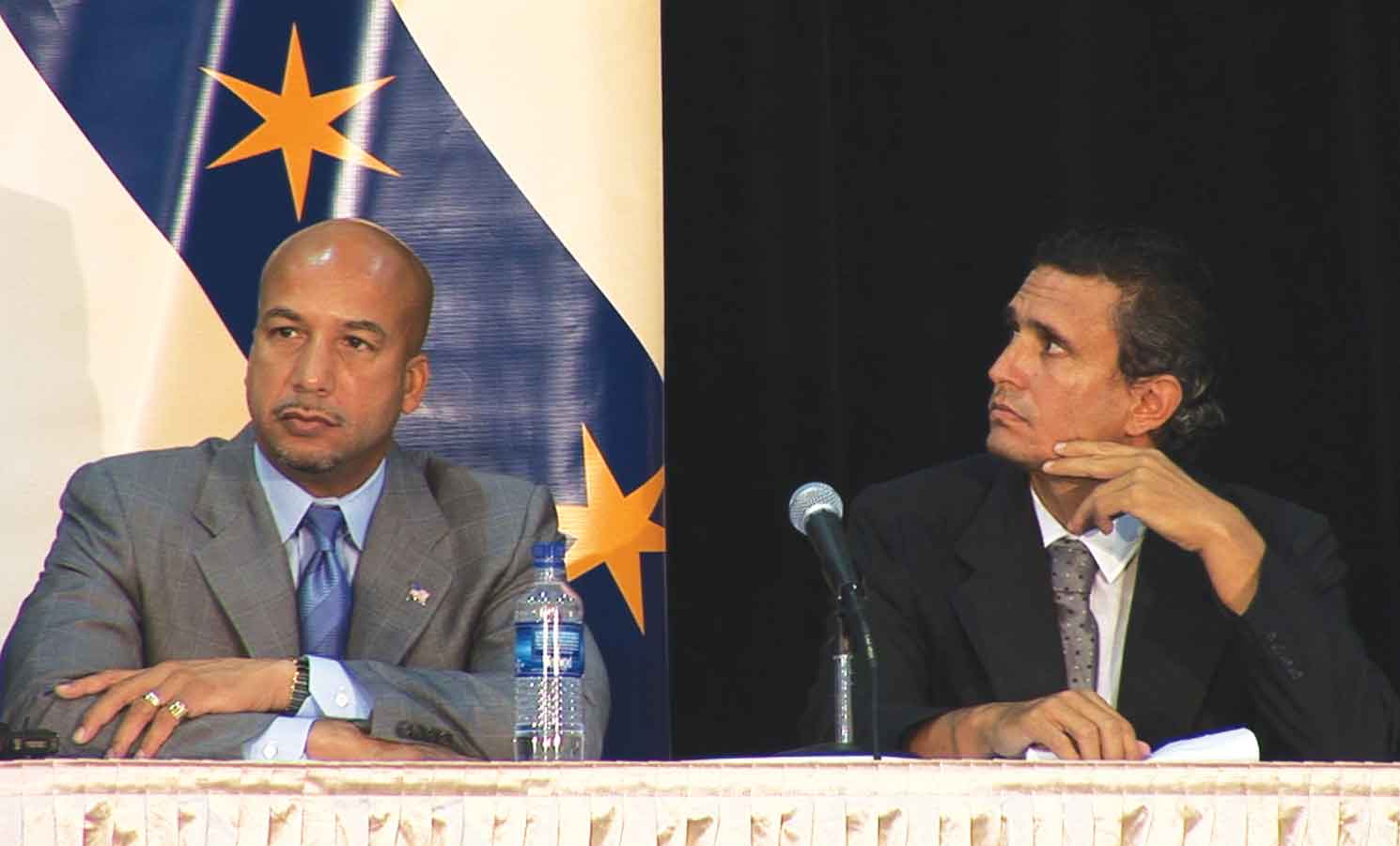« Features
The Paradox of Fake Revolutions
Nowadays political art is a fashionable label, and many practices want to present themselves as such. Art becomes a space for protest, but at the same time any critical power that it may have is co-opted in a kind of protective environment where everything can be said, but where everything is tightly controlled.
By Pablo España
There is a well-known anecdote about the Spanish dictator, Franco, who attended the inauguration of the I Bienal Hispanoamericana de Arte, which took place in Madrid in 1951. When he was about to enter the room where they were exhibiting the artists supposedly critical of his regime, he was warned: “Excellency, this is the room of the revolutionaries.” The dictator responded: “As long as they only revolt like this …” Those artists represented Spanish informalism, a movement on a par with abstract expressionism, in which the autonomy of art gutted the content of artistic expression. All of the artists passed for intellectuals in opposition to the dictatorship, and when their works started being exhibited in the United States, art critique saw only the perversion of the principles of abstract expressionism. Even though the artist’s labor was a purely aesthetic task, when this took place in a dictatorship, it could only be understood as silence and, hence, complicity. Beyond the specific context, this narrative can be construed as a metaphor of how art that wants to be political is often neutralized by the very system of art.
ARTISTS IN TROUBLE
In a recent interview1, Alexey Plutser-Sarno, a member of Voina, the Russian collective of artists and activists, was asked if he saw similarities between that group’s situation and that of Chinese contemporary artist Ai Weiwei, given that both are being persecuted by the authorities in their respective countries. The answer could not be more significant: “Yes, our situations are very similar. The difference is that we are making real protest art, which scares the authorities. We are stirring young people to action; we are setting an example of public resistance.” If, on the one hand, Plutser-Sarno admitted the obvious, that both his collective and Ai Weiwei are being harassed for their opposition to the power of the state, he pointed out a fundamental difference centered on artistic praxis and its political effectiveness.
The Chinese artist works with critical images that circulate in art institutions and are directed at the contemporary art audience. His political problems, however, are the result of his international renown as an intellectual critical of the Chinese regime (in point of fact, officially, his detention arose from a tax issue). For its part, the Voina group works in public spaces with direct actions of frontal opposition (such as the one that consisted of overturning police cars in St. Petersburg and resulted in judicial prosecution), and its tribulations are those of an activist involved with anti-authority social resistance movements.
While for the Chinese government the problem is not the oeuvre of Ai Weiwei, but rather his declarations against the regime, for the Russian government Voina’s works, its actions are the problem. In the case of Voina, the political dimension of its discourse is inseparable from its praxis. When Alexey Plutser-Sarno speaks of the difference between Voina’s case and that of the Chinese artist, he is telling us that we would have to see if Ai Weiwei’s work, without being accompanied by his declarations, would be as inherently subversive for the authorities.
For now, let us set aside considerations regarding Russian and Chinese authoritarianism vis-à-vis the permissiveness of Western democracies in which artistic censure is no longer exercised by depriving individuals of their liberty, but instead through cultural politics and cultural budgets. Let us concentrate on whether the artistic practice itself contains or does not contain antagonistic elements.
POLITICS OF THE MARKETPLACE
Many artists creating critical or political artworks seem to triumph with little difficulty in art institutions and in the marketplace, although this appears to be a great contradiction. Institutional critique, which during the 1970s and ’80s tried to destabilize the art system from within, has already become a new orthodoxy within the current world of art. As Simon Sheikh notes: “What does it mean when the practice of institutional critique and analysis has shifted from artists to curators and critics, and when the institution has become internalized in artists and curators alike (through education, through art historical canon, through daily praxis)? Analyzed in terms of negative dialectics, this would seem to indicate the total co-optation of institutional critique by the institutions (and by implication and extension, the co-optation of resistance by power), and thus make institutional critique as a critical method completely obsolete. Institutional critique, as co-opted, would be like bacteria that may have temporarily weakened the patient-the institution-but only in order to strengthen the immune system of that patient in the long run.”2 Let us now consider all of the artists involved in the “cultural wars” who are present in expensive collections such as the case of Hans Haacke.
Nevertheless, it is true that what is produced in the marketplace cannot be patently appreciated or condemned based on its origin. The urban artist Banksy sold a piece for 80,000 pounds to help the Voina group with the payment of its bails and that of other Russian political prisoners. Under the slogans “”Dilettantes, rise up against art” and “Dada is political,” the First International Dada Fair in Berlin (1920) took place in the gallery of the collector and dealer Otto Burchard, who also produced it, and the Dadaist group of Zurich already had a relationship with the gallerist Han Coray dating back to 1917. It is widely known that the members and activities of the Internacional Situacionista were financed for some time at the end of the 1950s thanks to the sale of “industrial paint” in large quantities by Pinot-Gallizio before the Italian artist abandoned it due to his progressive estrangement from art. It is common knowledge that the Sex Pistols worked for a multinational, and that even though today they are considered just another product of the record industry, in their day they implied a true cultural rupture (rock-and-roll situationism, as their manager Malcolm McLaren declared). Fix the World, the latest documentary by The Yes Men, the artistic collective that best exemplifies the ideology of the anti-globalization movement, is being distributed by HBO. These are the same The Yes Men who have recently joined the international boycott against the Fourth Moscow Bienniale of Contemporary Art instigated by the aforementioned Voina group that accuses the institution responsible for the event of corruption.
Nonetheless, when political art is subsumed by money, transforming its creations into mere luxury objects destined for an elitist and speculative market, any critical power that the work may have is called into question. Furthermore, once it receives institutional critique, any cultural expression that in its day could have been subversive becomes part of the dominant culture.
If an artistic practice that considers itself political only directs itself to the marketplace and to art institutions, it cannot readily have political impact. To the extent that the same artistic practice is contaminated by other environments and is diluted in spaces other than those reserved for art, its political effectiveness would be greater-irrespective of the structure from whence it is projected, be it a museum or gallery, a record company, a protest or a movie or television distributor.

Nuria Güell, Displaced Legal Aplication #1: Fractional Reserve. "How to expropiate money from the banks" Handbook. (2009-2011). Courtesy of the artist.
In this sense, the Mexican artist Minerva Cuevas, recalling Mejor Vida Corporation-a social and political experiment centered on daily life, which distributed free tickets for public transport, barcodes to reduce the price of foodstuffs in supermarkets, student IDs for discounts or letters of recommendation using institutional letterheads from the museums and galleries that presented the project-wrote that when Mejor Vida Corporation started being noticed by contemporary art institutions, it began calling itself “project” and requiring authorship. However, this did not alter the way in which this “experiment” was activated through its connection with various autonomous resistance projects, and its community practices and “being art” served to multiply its presence and distribution capacity. More than a philanthropic entity, Mejor Vida Corporation considered itself to be an analyst of social and economic contexts within the capitalist system, making gratuitousness the basis for human exchange, thereby spurning money.
A NEW LEGITIMACY
Returning to The Yes Men, one of its members, Mike Bonanno, explained that its actions are intended to reach mass media so that people can be informed about the critical positions of the anti-globalization movement through the newscasts featuring their ironic “performances” (they prefer to speak about “corporate identity correction”). In one such action, they passed themselves off as members of the World Trade Organization, interacting at economic conferences and carrying the logic of the neoliberal politics of that organization to the point of absurdity (proposing, for example, the use of techniques for “recycling” human excrement so that hamburgers consumed in the First World could end hunger in the Third World).3
In the context of the crisis that is slamming Europe, the Spanish artist, Nuria Güell, is developing a project entitled Displaced Legal Application #1: Fractional Reserve, consisting of the creation of broadcasting and training platforms on strategies for expropriating money from banking institutions. This project that starts with art seeks and finds its legitimacy in its connection to autonomous, alternative and “indignant” movements that question the current situation of the subservience of politics to the marketplace and advocate civil disobedience. In this case, beyond the communicative activism that reveals how banks create debt, how they generate money out of nothing, the project becomes a pedagogical tool, an instrument of empowerment at the disposal of whoever may wish to use it to confront financial power.
Nowadays, critique should be an entirely public endeavor. Art that wants to be considered political can no longer be satisfied with its mere recognition in the field of art. It must function at the intersection of art and social movements; its legitimacy will come from there.
NOTES
1. <http://stefanvandrake.blogspot.com/2011/10/exclusive-arttraveler-interview-with.html>
2. “Notes on Institutional Critique” Simon Seikh, in Art and Contemporary Critical Practice. Gerald Raunig and Gene Ray, editors. May Flay Books, 2009.
3. In the documentary The Yes Men. Directed by Chris Smith, Dan Ollman and Sarah Price, 2004.




































